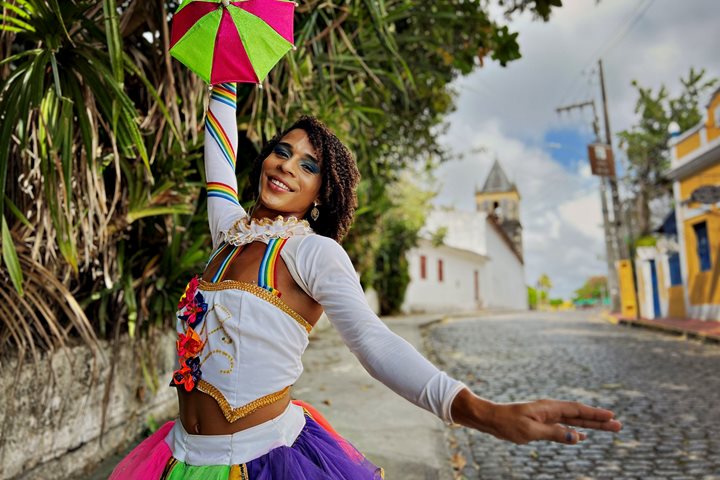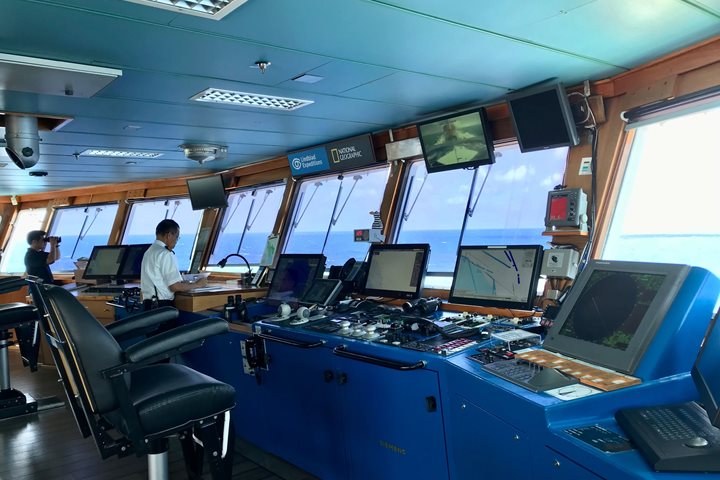Today we had the opportunity to get a taste of Paramaribo, the capital and largest city of Suriname, and its surroundings. Most guests had no idea what to expect given that none had visited Paramaribo before. Everyone I spoke to seemed pleasantly surprised by the city’s charming historical architecture and the vibrant cultural diversity evident in the people and storefronts we passed along the way.
Paramaribo is dotted with lovely wooden buildings, some dating back to the 1820s. With their decorative second-story front porches, they are reminiscent of something you might see in New Orleans. The brick Fort Zeelandia dates to the 1600s and is surrounded by the impressive homes of the officers who once lived there. There was even a large, colonial-era structure that looked as if it was based on Philadelphia’s Independence Hall. We passed many impressive religious buildings, including a massive Hindu temple, a lovely Catholic cathedral made entirely of wood, and a synagogue and mosque that are next door neighbors and often share facilities. The history of the Jewish people in Suriname is quite interesting, as Portuguese, Italian, and Dutch Jews started settling here as far back as 1639, although very few of their descendants still call Suriname home.
Suriname has a very multicultural society consisting of people of Indigenous American, African, European, Indonesian, Indian, and Chinese descent, or more often, a mix of some or all of these. That diversity is reflected in the cuisine, which we enjoyed during our languid lunch at a former cacao plantation. Our meal consisted of Chinese style noodles and fried rice, Indonesian bean sprouts and shrimp crackers, grilled chicken, a savory Indian inspired curry, and a potent pepper sauce.
All in all, it was a brief but fascinating visit to a country that few people other than Dutch tourists get the opportunity to visit. Along with the meal, it was a savory sampler that left me craving more.







